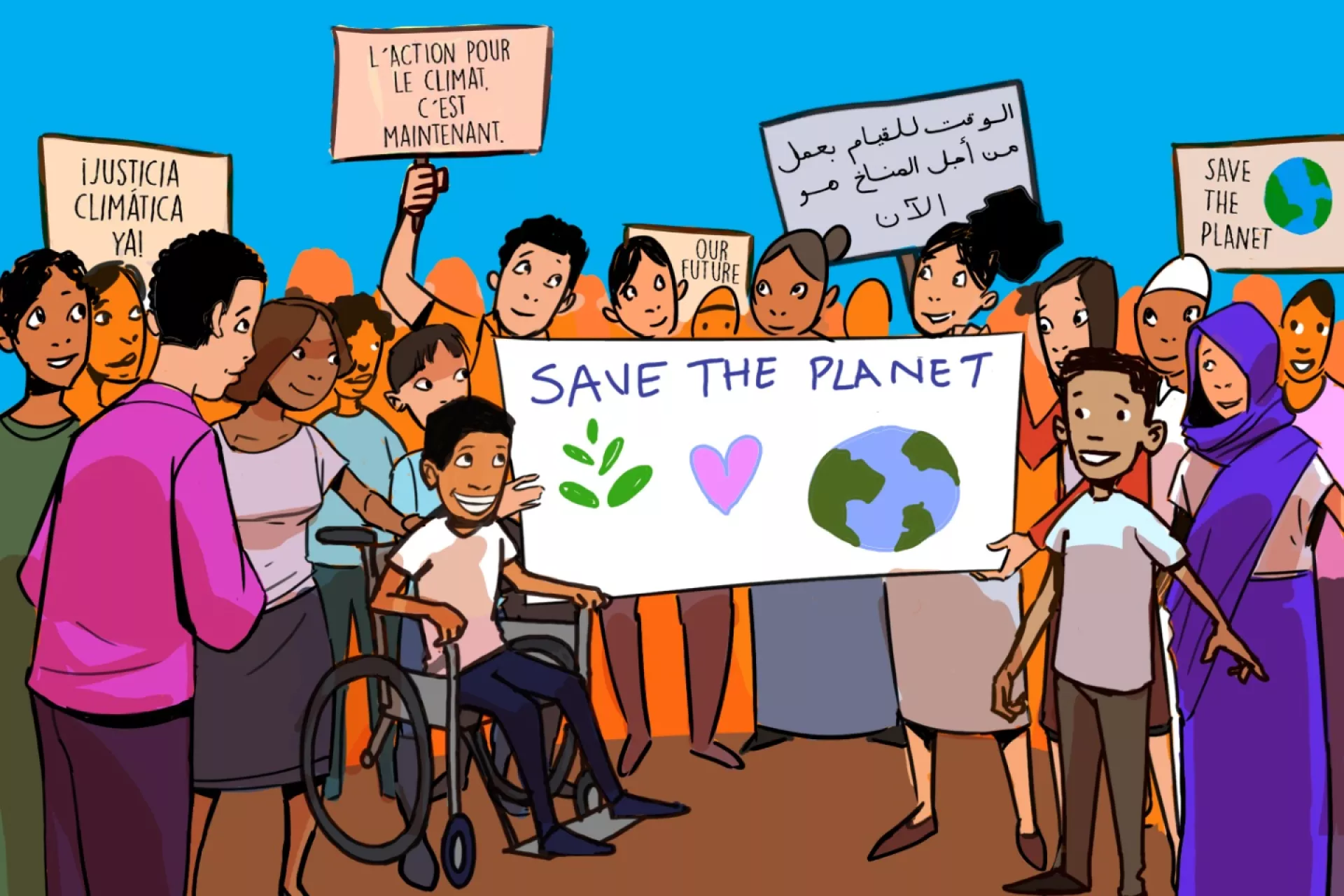Making Climate and Environment Policies for and with Children and Young People

The climate crisis is a child rights crisis. It is a direct threat to a child’s ability to survive, grow and thrive. Children and young people are the least responsible for climate change yet will bear the greatest burden of its impacts. Therefore, it is critical that national climate policies that set forth the priorities for climate response in countries are child-sensitive.
This means that national climate polices engage children and young people during development and prioritize building the climate resilience of services that they depend upon most. Prioritizing the climate resilience of social sectors such as water, health and education is imperative, as this is often the best way to reduce climate risk, particularly in countries that are the most vulnerable to climate change but have low per-capita emissions.
The UNICEF discussion paper Making Climate and Environment Policies for and with Children and Young People presented here showcases study findings from an analysis of new and updated nationally determined contributions (NDCs) on child sensitivity. It also provides case studies of child-sensitive NDCs and participatory planning processes, and offers guidance for making climate and environmental policies and plans at all levels more child-sensitive.


